Ancient city of Timgad
Timgad is an ancient city from Roman times, located in the Atlas Mountains in Algeria, 35 km from Batna. Today, Timgad is a mixture of ruins and partially preserved structures that preserve stories of wars, victories and defeats. The ancient city is a UNESCO World Heritage Site and attracts travelers, historians, and architects from all over the world.
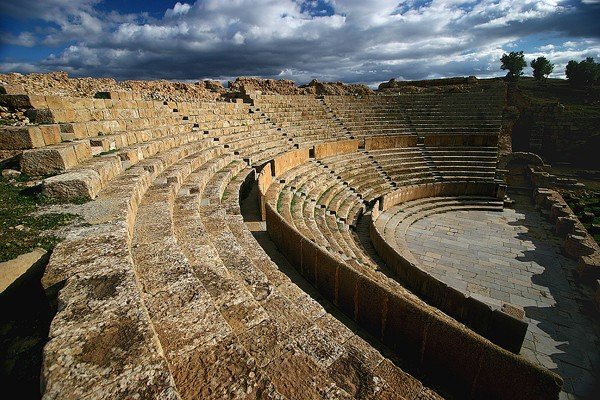
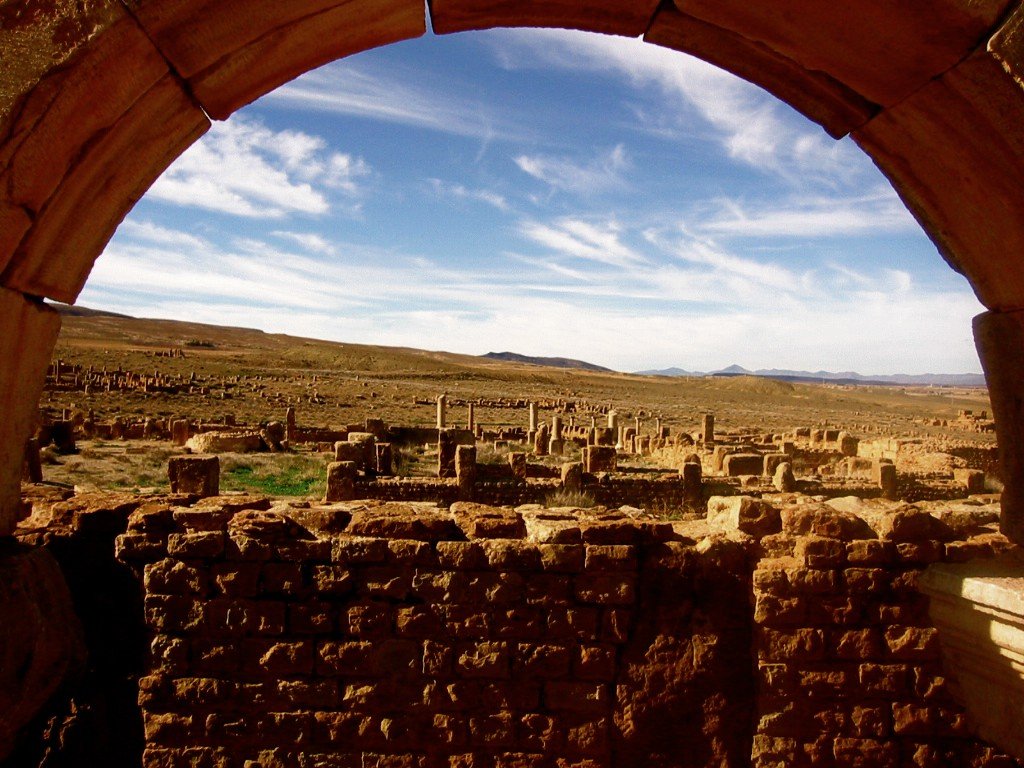
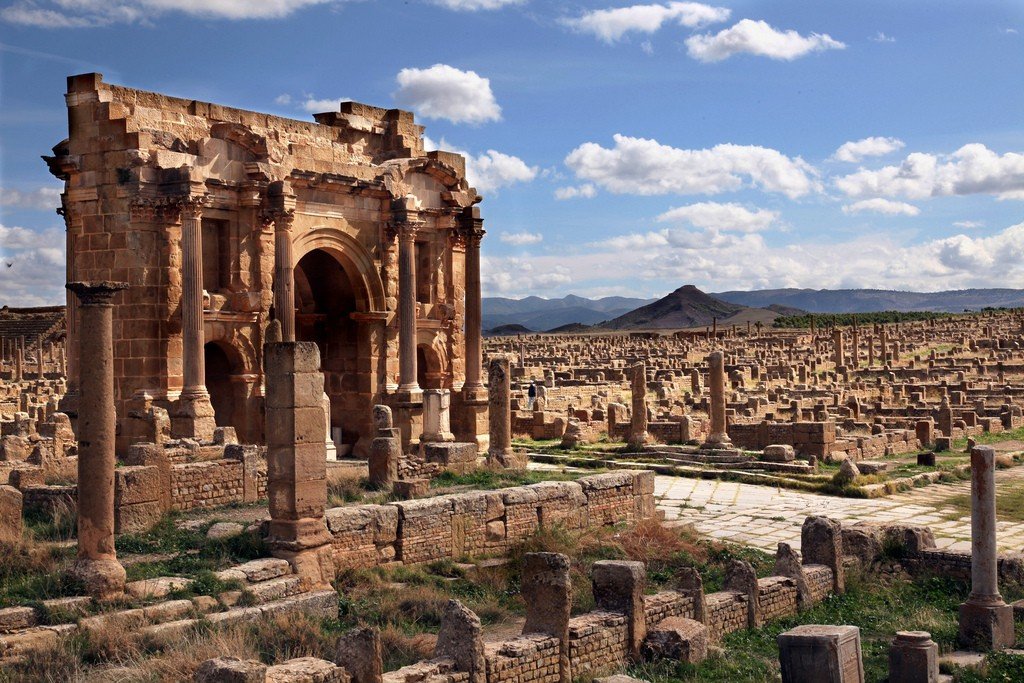
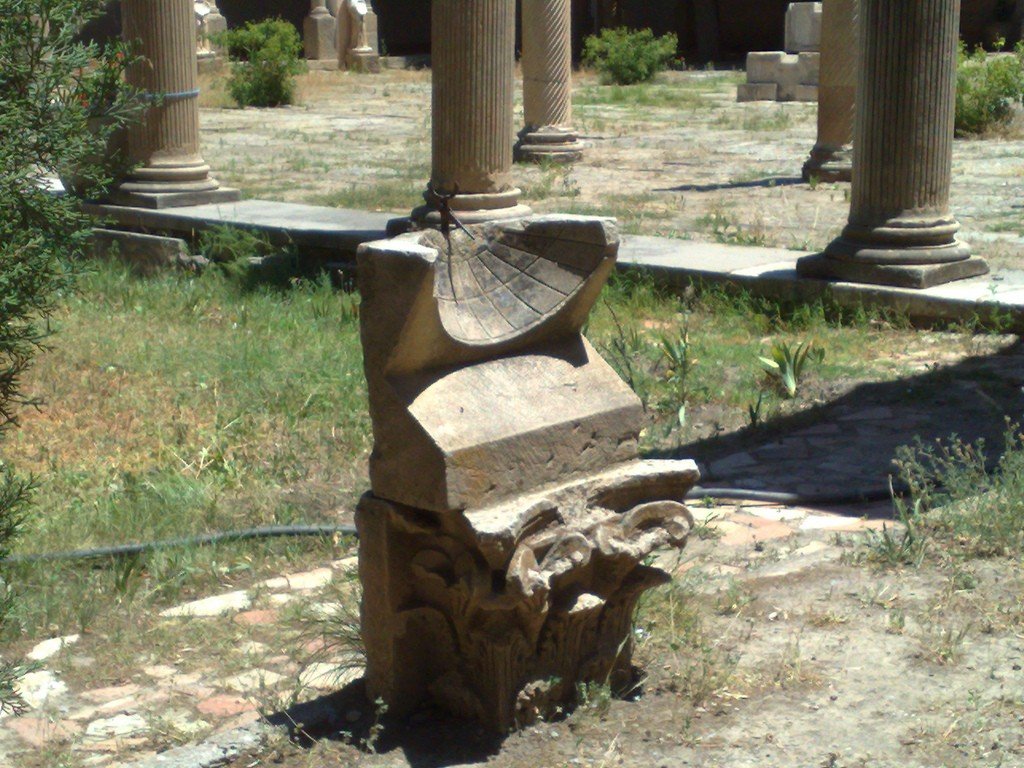
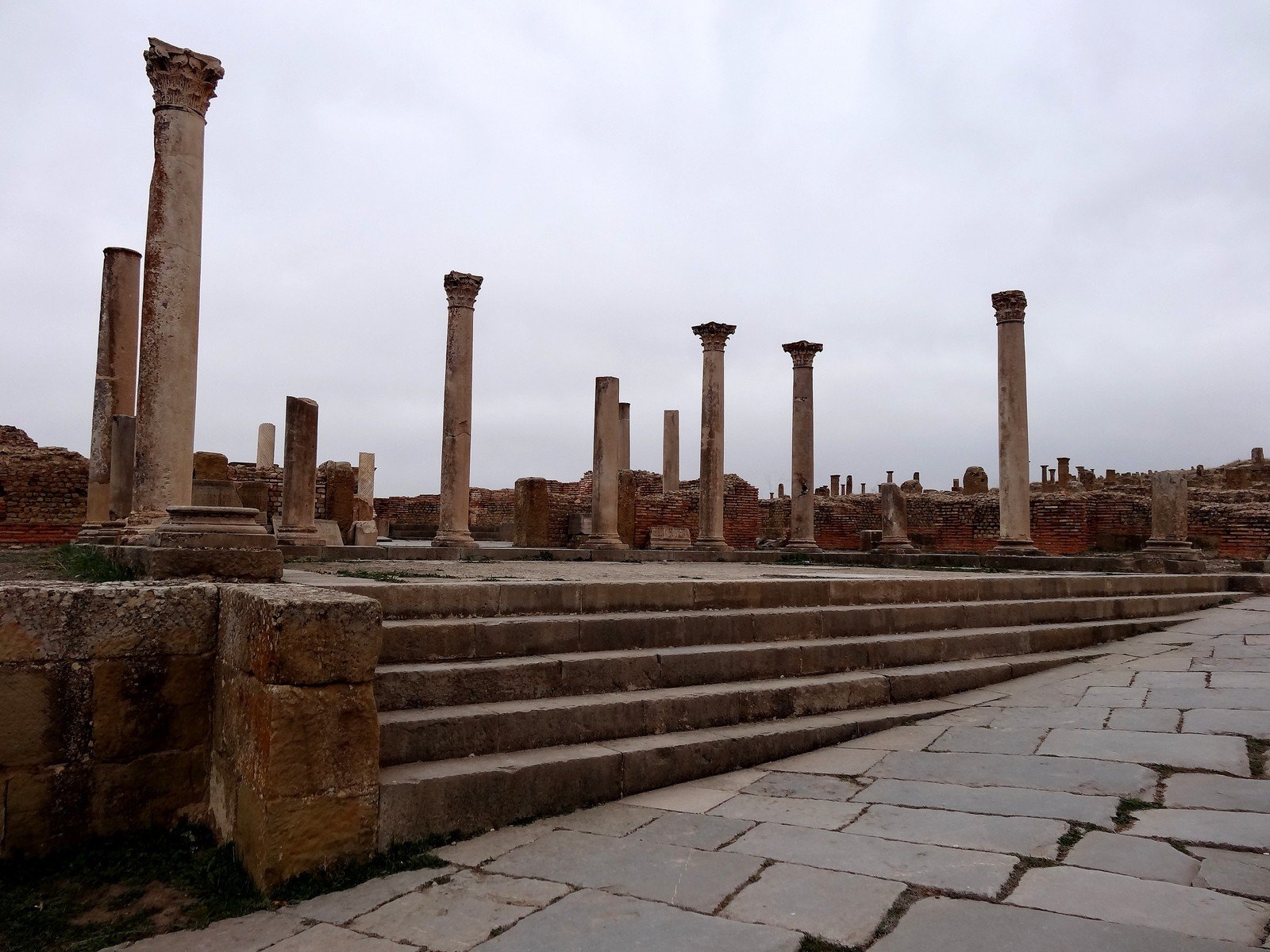
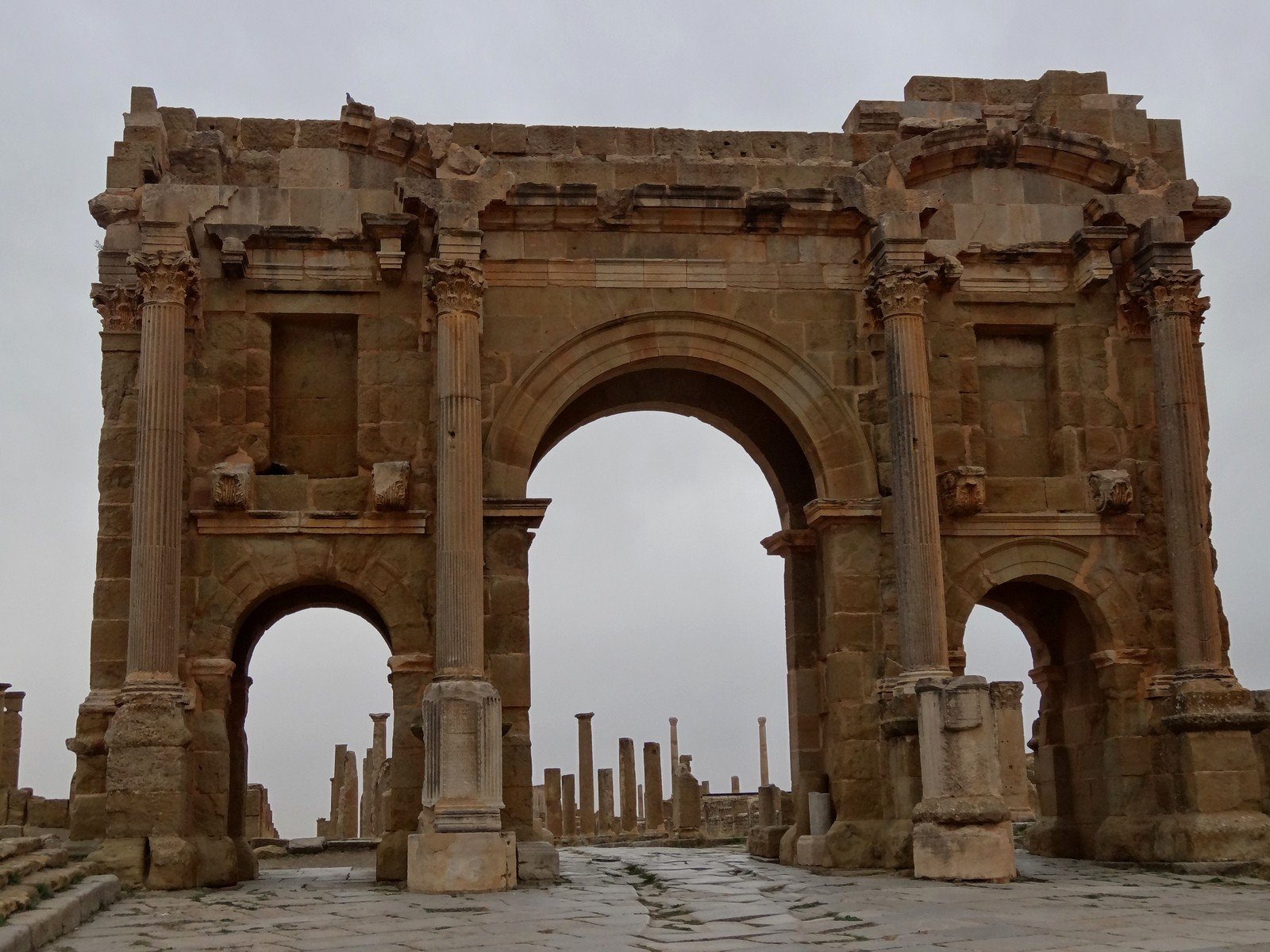
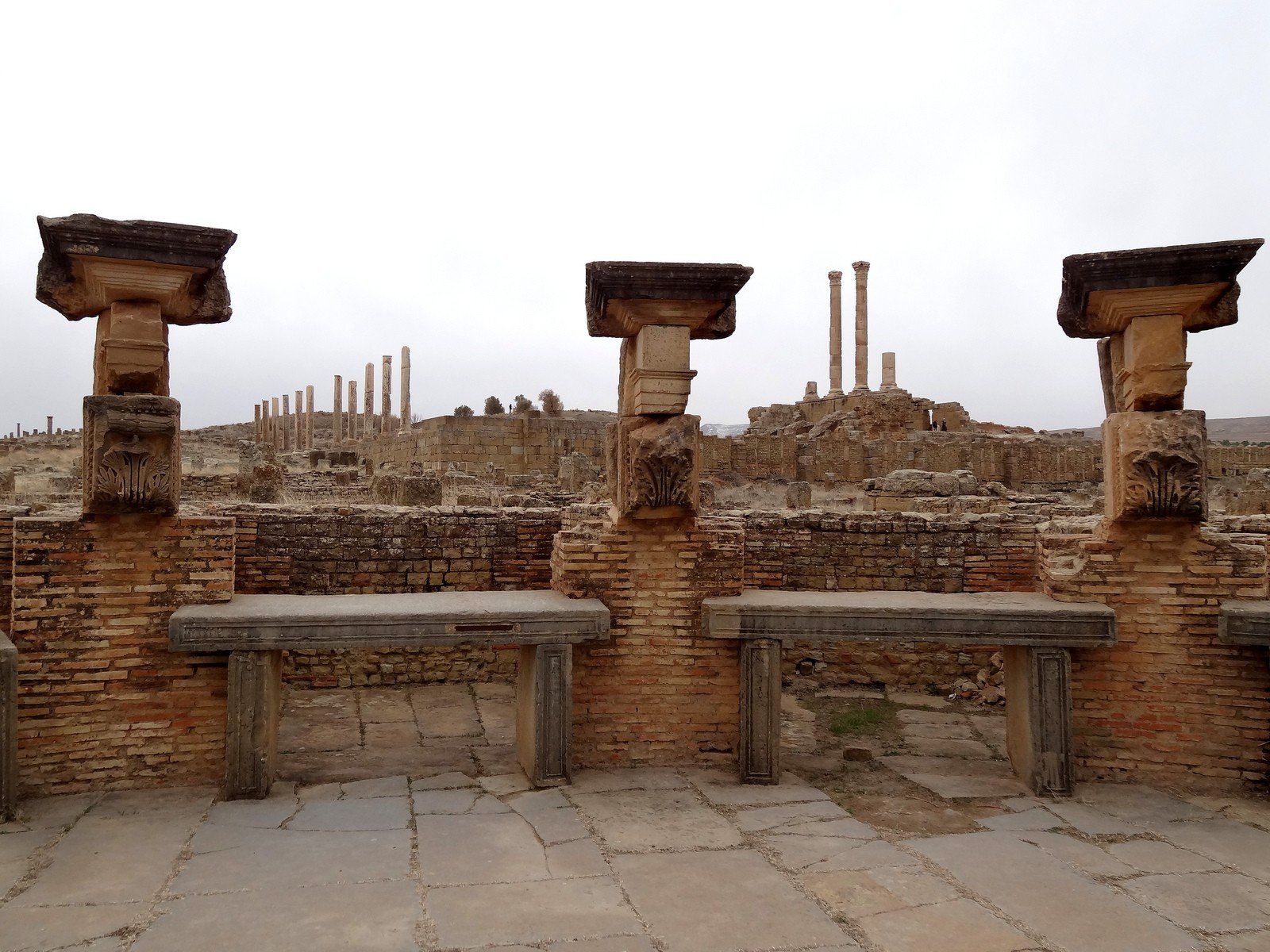
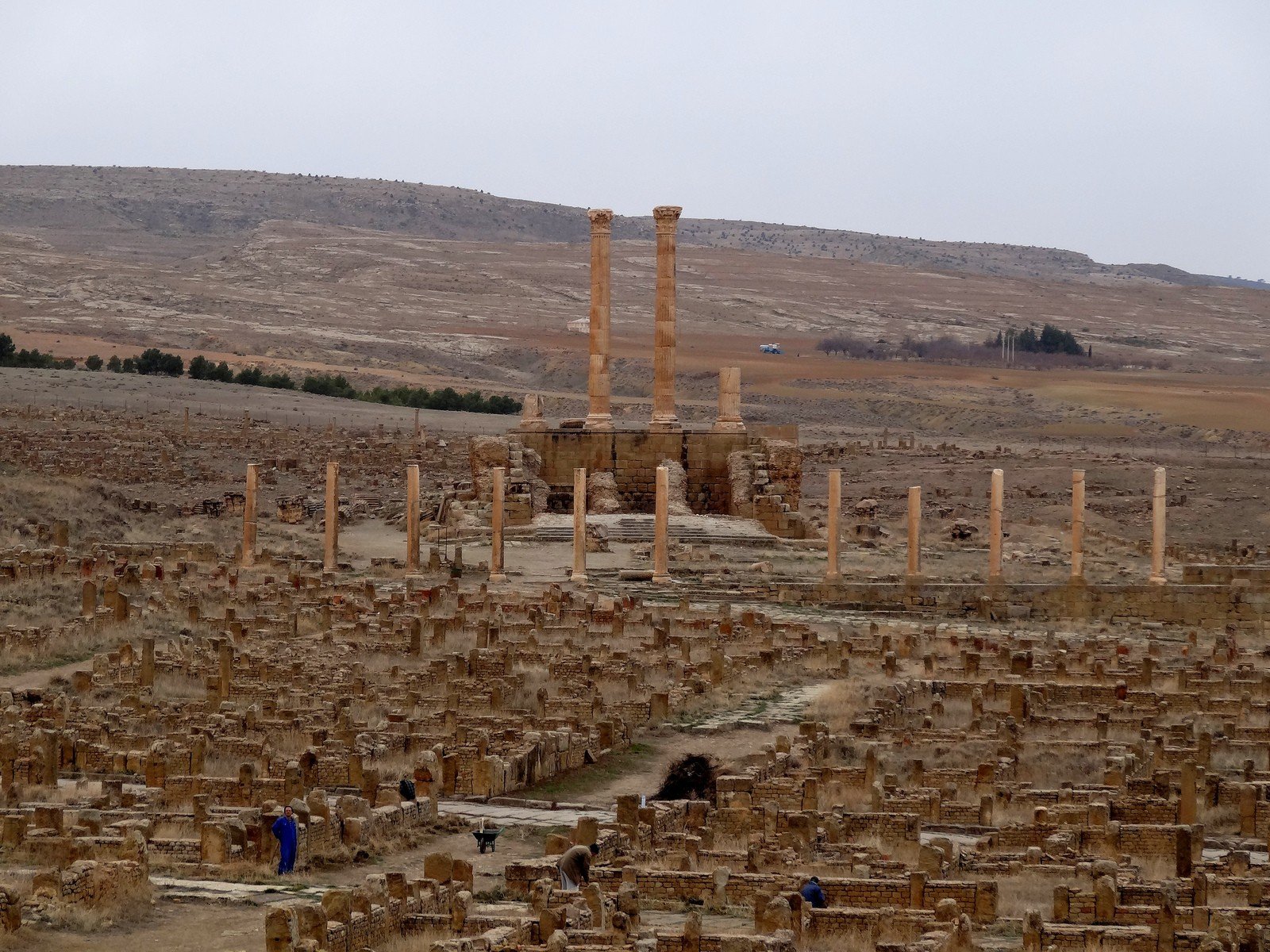
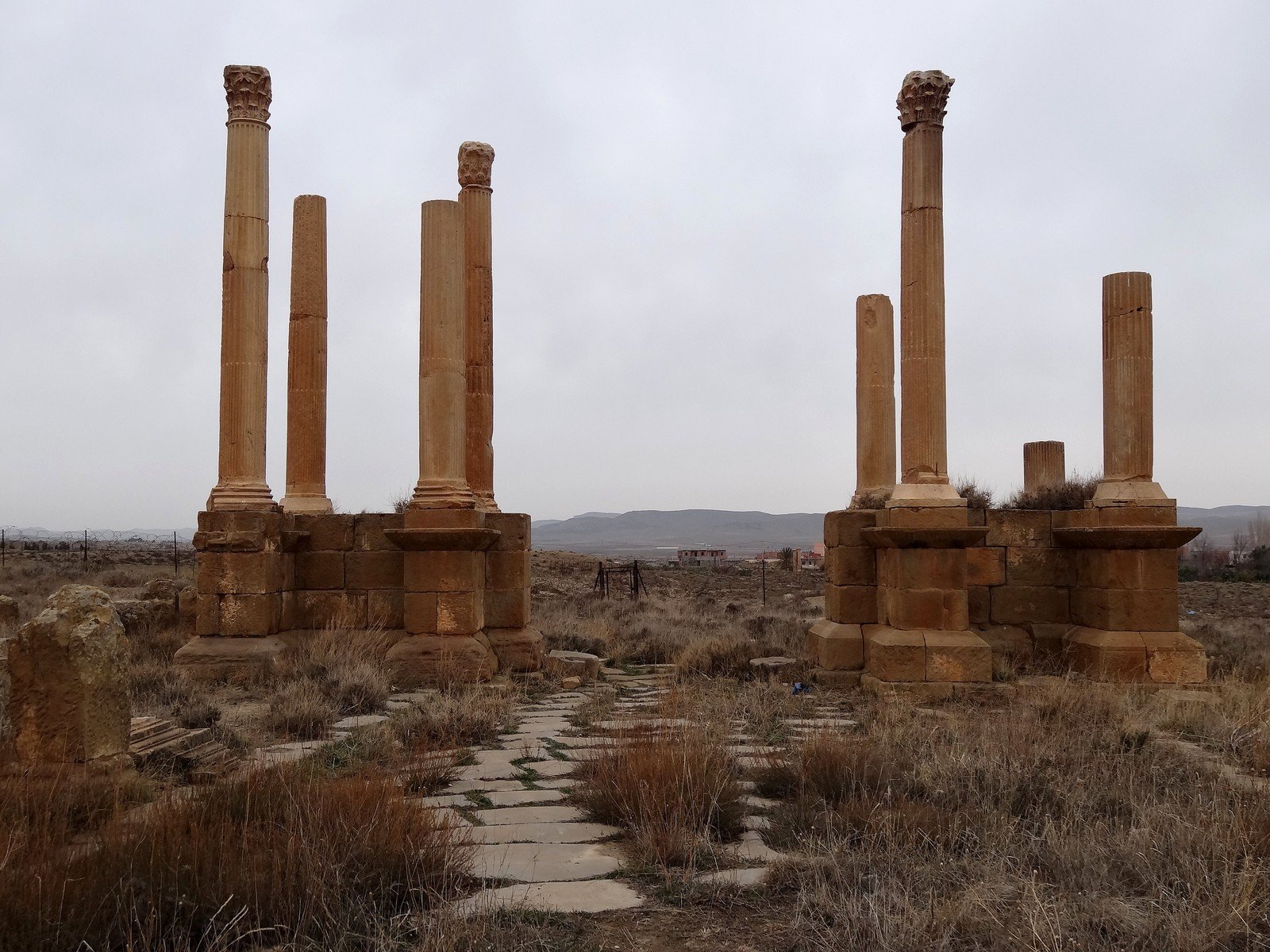
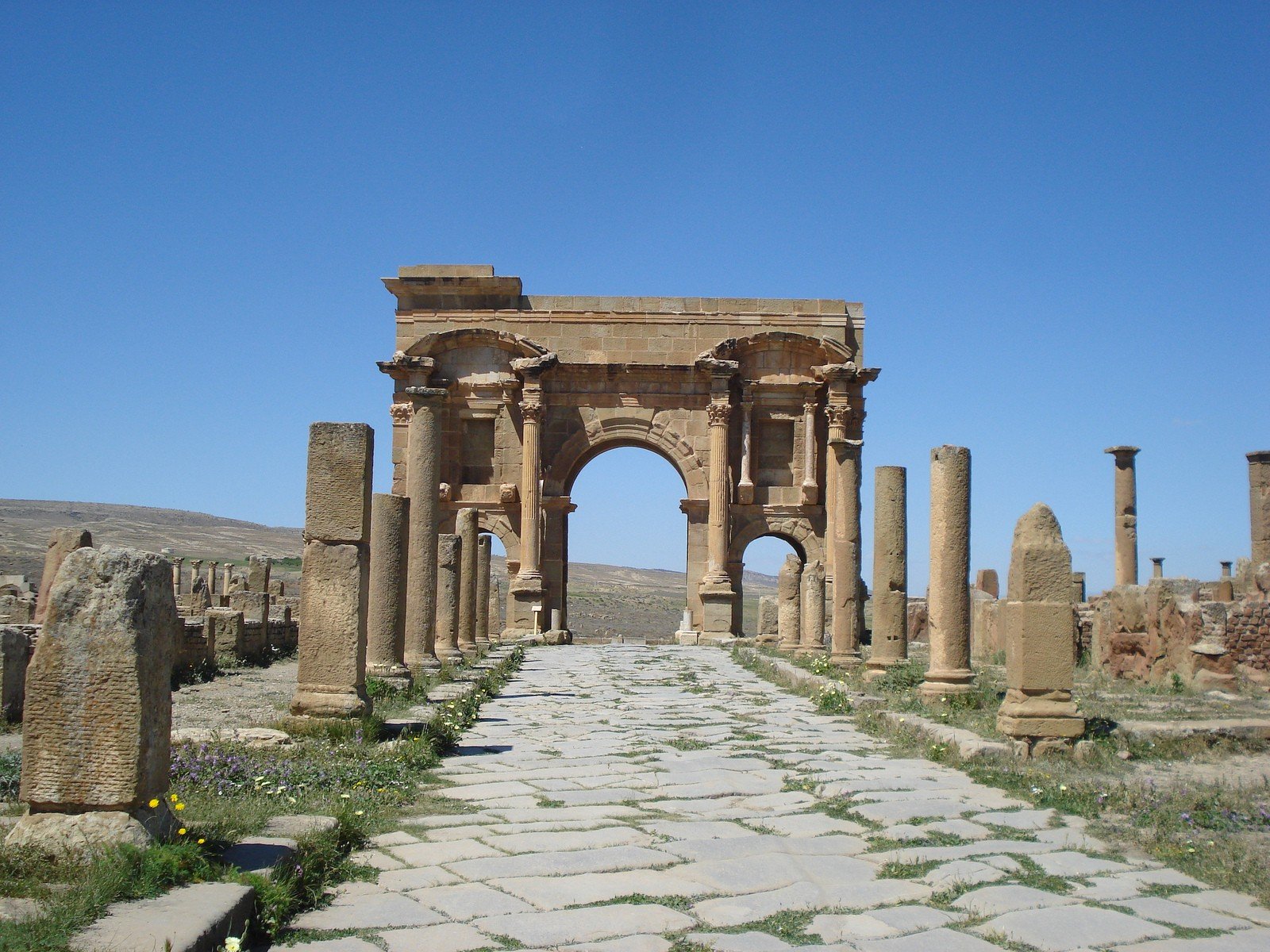
Tourists
The ruins of Timgada are one of the best surviving examples of a Roman city, designed to be built perpendicularly according to the Roman tradition of urban planning. The city was rectangular in shape. Surrounded by high fortress walls, Timgad was built according to the following plan: six blocks-quarter blocks were clearly distinguished in the city, all main streets were crossed, and traditional Roman triumphal arches were installed at the entrance to each main thoroughfare. As the found buildings and other artifacts were safely covered with sands, they are very well preserved and helped scientists to recreate pictures of life and life of people in the first centuries of our era.
.
Today you can see a surviving triumphal arch, thermae with mosaic floors, and a 3,500-seat amphitheater that is so well preserved that it is still in use today.
.History
Timgad was founded “on an empty lot” around 100 AD by Emperor Trajan. The city was to act as a military settlement and its inhabitants were to protect the coastal areas from raids by Berber nomads.
Roman veteran soldiers could become citizens of Timgad only after 25 years of service. Initially, the population of the city was expected to be about 15,000 people. But where today we see only endless sands, in those distant times there were fertile lands, and the Atlas slopes were full of water. Under favorable conditions, the city quickly grew to 50,000 people and spilled out beyond the fortress walls. Timgad had libraries, thermae, a huge amphitheater, and large private houses, often occupying an entire block. There was a central sewerage system – toilets were located above the canals that purified the water flow. Despite its military purpose, for the first 100 years Timgad lived a peaceful life and seemed a real idyll.
.
But the easy life quickly came to an end. In the 5th century, the city was sacked by the Vandals and began to decline. Next, in 535, Timgad was occupied by the Byzantine general Solomon and rebuilt as a Christian city. In the 7th century, after an attack by the Berbers, Timgad was finally abandoned. The desert sands then kept the remains of the ruins until their discovery by archaeologists in 1881.
.